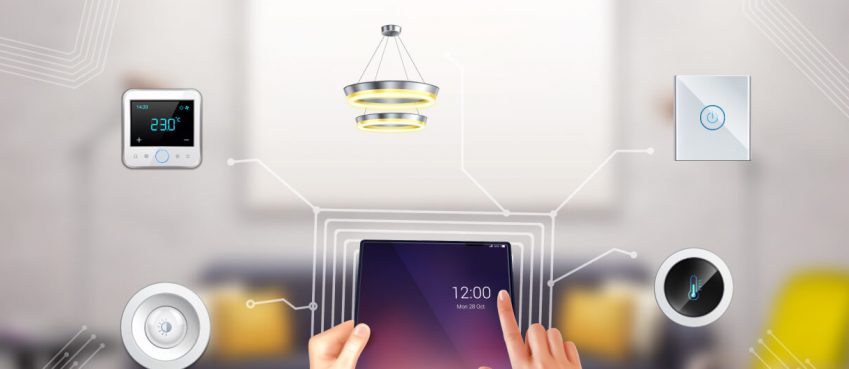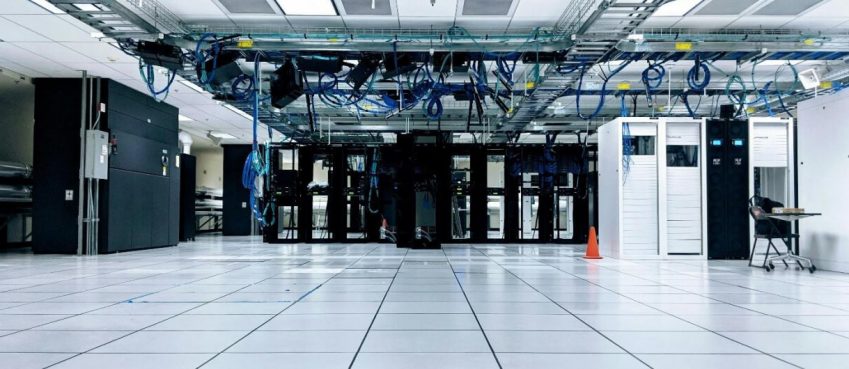
A Service and Organization Controls 2 (SOC 2) audit is an international standard for assessing a provider’s security controls and cybersecurity threats. In particular, any SOC 2 audit checklist was based on the realization that any service provider can pose a threat to customers and the company, especially technological ones, and therefore an effective solution to this problem is needed.
What is SOC 2 Certification?
SOC 2 is a popular security auditing standard made by the American Institute of Certified Public Accountants (AICPA). Companies that have SOC 2 certification are carefully assessed to make sure they have strong security controls and procedures in place.
The independent SOC 2 audit affirmed that the UnderDefense team’s control and processes conform to the AICPA’s trust services criteria.
Also read: 10 Best AI Voice Generators In 2024 (Free & Paid)What is The SOC 2 Audit?
A Service Organization Control 2 (SOC 2) audit is an effective tool for evaluating a provider’s security controls. It is an international standard on the soc 2 audit process developed by the American Institute of Certified Public Accountants (AICPA), which had an update in March 2018.
A SOC 2 audit is necessary when a company wants to make sure that the service provider they are using, especially if it’s a technology company, won’t harm their customers. The company wants to be confident that the service won’t cause any problems. Vendor risk management now includes cybersecurity as an important aspect, and a SOC 2 audit is a method used to evaluate cybersecurity risks.
There are two kinds of audit reports known as SOC 2 type 1 and SOC 2 type 2.
In the case of Type 1, the evaluation of controls is performed at a specific point in time (as if it were a photograph), with the purpose of determining whether the controls are properly designed and appropriate.
The biggest difference between Type 1 SOC 2 and Type 2 SOC 2 is that Type 1 looks at a specific moment and gives ideas on how to make a safety program better. It doesn’t give any proof that those recommendations work in the long run.
SOC 2 Type 2 looks at how well a company’s security measures are working over a period of time. It checks if these measures are effective. Afterward, it gives suggestions on how to make these procedures better so that they work even better in the future. This report carefully examines operations for a period of six months to see how well security controls are working to stop or find attacks.
In the case of the SOC 2 report checklist, the company’s controls are evaluated over a period of time, which can span a year. It is a historical review of the systems to determine if the controls are properly designed and functioned properly over time.
Now, SOC 2 audits address different issues In addition to dealing with an environment in which cybersecurity risk is constantly evolving and data protection regulations change frequently, the roles that vendors play in business processes are variable. In this environment, a foundation or framework is required to get the job done.
The answer is the Trust Services Principles originally developed by the AICPA, also known as the Fundamental Principles of Security:
- Security (Is the process well protected against unauthorized access?)
- Privacy (Are personal data stored and how?)
- Process integrity (Are the data and information exchanged between customer and supplier adequately protected?)
- Confidentiality (Are there restrictions on access to information?)
- Is the process functional, and does it operate at different times?
In the execution of a SOC 2 audit, auditors should observe whether the supplier’s processes apply these principles and, if so, how they comply with them. If the company complies with too few principles (or the wrong ones), this makes it possible to determine that it is in a lower security status, as there are insufficient controls for the security risks posed by its suppliers. It may also be the case that the company is in an over-secured state: too much mitigation (and wasted resources) for risks it does not actually have.
This implies knowing clearly the type of relationship with the supplier and, on that basis, inquiring with the IT security area regarding controls and safeguards. Likewise, business process owners in the first or second line of defense should be consulted regarding the information and resources that can be used by the vendor. It is also important to consider the compliance function; cybersecurity failures can have consequences such as fines and litigation liabilities. If operating internationally, there are other countries’ laws to comply with.
Once the security weaknesses have been determined and the report generated, corrective and improvement measures must be sought, in the same way as in any audit, to reduce the supplier’s risk to acceptable levels. The result of a SOC 2 audit, with its findings and recommendations, can be incorporated into a risk management system to track the supplier’s progress.
A SOC 2 audit helps to mitigate cybersecurity risk with suppliers, and as long as the audit is aware of the issue, it can strengthen its assessments and better support the company’s internal control system.
UnderDefense Support
- We take the privacy of your data very seriously.
- We make no compromises as we maintain and monitor our internal security systems at regular intervals
- The integrity of our platform’s processing is maintained at every step to provide comprehensive protection of your information
- Our team checked our platform for 6 months to make sure we followed the rules properly.
What Impact will This have on Our Company?
UnderDefense has worked hard to create a strict and well-controlled environment within our organization. This is to make sure that our security measures are in line with the most up-to-date trends and practices in the industry. We need everyone to regularly update and be committed, but we do not make any exceptions when it comes to protecting our customers’ data.
The SOC 2 Type 1 and Type 2 certifications show that we are perfect at keeping our customers’ and partners’ information private.
Top 10 News
-
01
Top 10 Deep Learning Multimodal Models & Their Uses
Tuesday August 12, 2025
-
02
10 Google AI Mode Facts That Every SEOs Should Know (And Wha...
Friday July 4, 2025
-
03
Top 10 visionOS 26 Features & Announcement (With Video)
Thursday June 12, 2025
-
04
Top 10 Veo 3 AI Video Generators in 2025 (Compared & Te...
Tuesday June 10, 2025
-
05
Top 10 AI GPUs That Can Increase Work Productivity By 30% (W...
Wednesday May 28, 2025
-
06
[10 BEST] AI Influencer Generator Apps Trending Right Now
Monday March 17, 2025
-
07
The 10 Best Companies Providing Electric Fencing For Busines...
Tuesday March 11, 2025
-
08
Top 10 Social Security Fairness Act Benefits In 2025
Wednesday March 5, 2025
-
09
Top 10 AI Infrastructure Companies In The World
Tuesday February 11, 2025
-
10
What Are Top 10 Blood Thinners To Minimize Heart Disease?
Wednesday January 22, 2025







